Occupation Actress Siblings Hester Sondergaard Role Actress | Name Gale Sondergaard Years active 1936–1983 | |
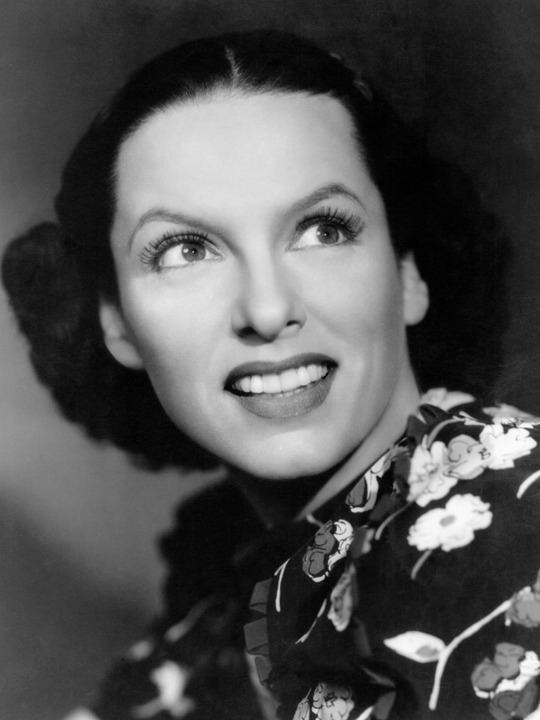 | ||
Full Name Edith Holm Sondergaard Resting place Cremated, Ashes scattered into the Pacific Ocean Children Daniel Hans Biberman, Joan Campos Movies Anthony Adverse, The Letter, The Life of Emile Zola, The Spider Woman, The Blue Bird Similar People Herbert Biberman, Mervyn LeRoy, Margaret Hamilton, William Dieterle, Roy William Neill | ||
Gale sondergaard film awards 1978 tv
Gale Sondergaard (born Edith Holm Sondergaard; February 15, 1899 – August 14, 1985) was an American actress.
Contents
- Gale sondergaard film awards 1978 tv
- Gale sondergaard tribute
- Early life
- Until the late 1940s
- House Un American Activities Committee
- Later career
- Personal life
- Filmography
- References
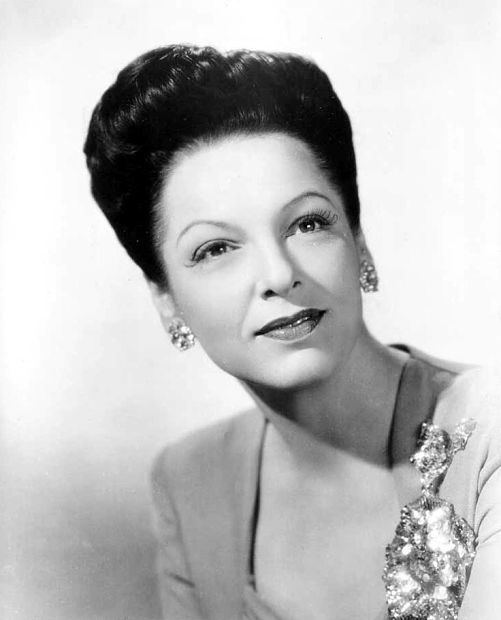
Sondergaard began her acting career in theater, and progressed to films in 1936. She was the first recipient of the Academy Award for Best Supporting Actress for her film debut in Anthony Adverse (1936). She regularly played supporting roles in films during the late 1930s and 1940s, including The Cat and the Canary (1939), The Mark of Zorro (1940) and The Letter (1940). For her role in Anna and the King of Siam (1946), she was nominated for her second Best Supporting Actress Academy Award. After the late 1940s, her screen work came to an abrupt end for the next 20 years..
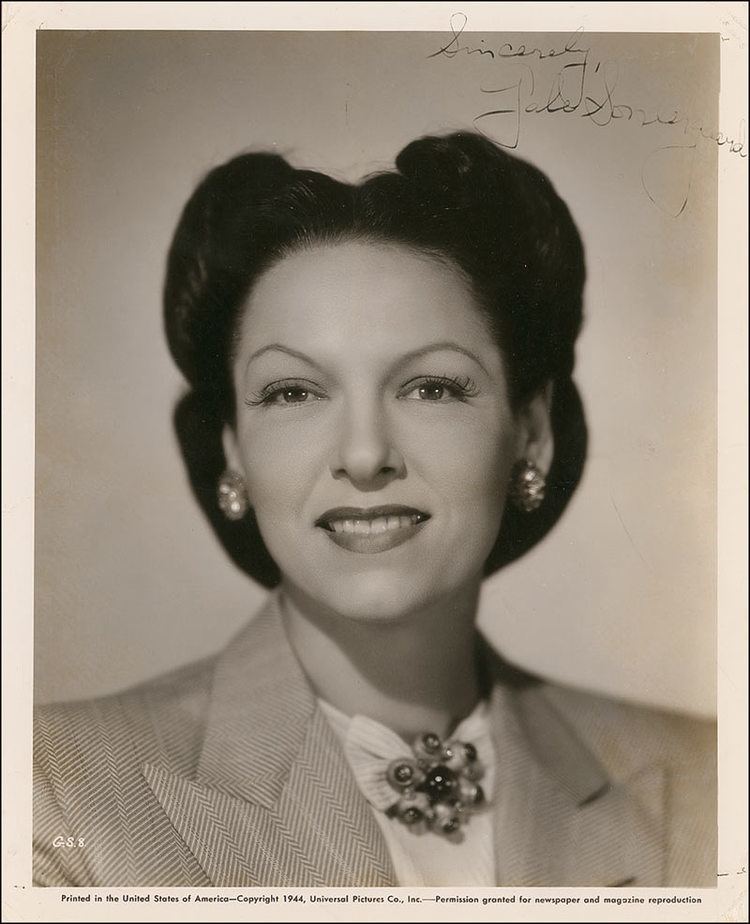
Married to the director Herbert Biberman, Sondergaard supported him when he was accused of communism and named as one of the Hollywood Ten in the early 1950s. She moved with Biberman to New York City and worked in theatre, and acted in film and television occasionally from the late 1960s. She moved back to Los Angeles where she died from cerebrovascular thrombosis.
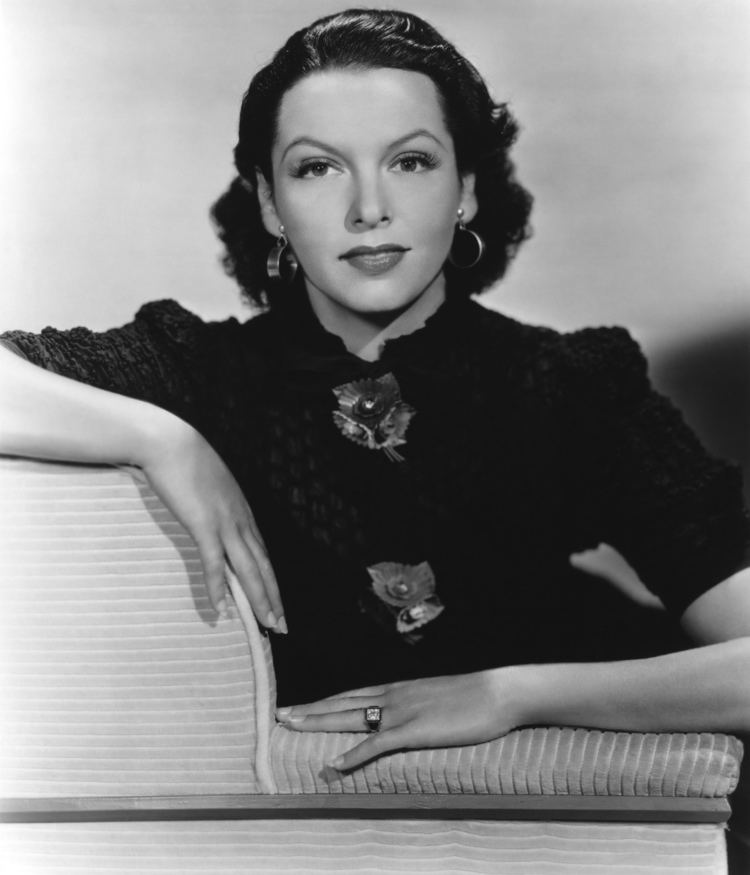
Gale sondergaard tribute
Early life
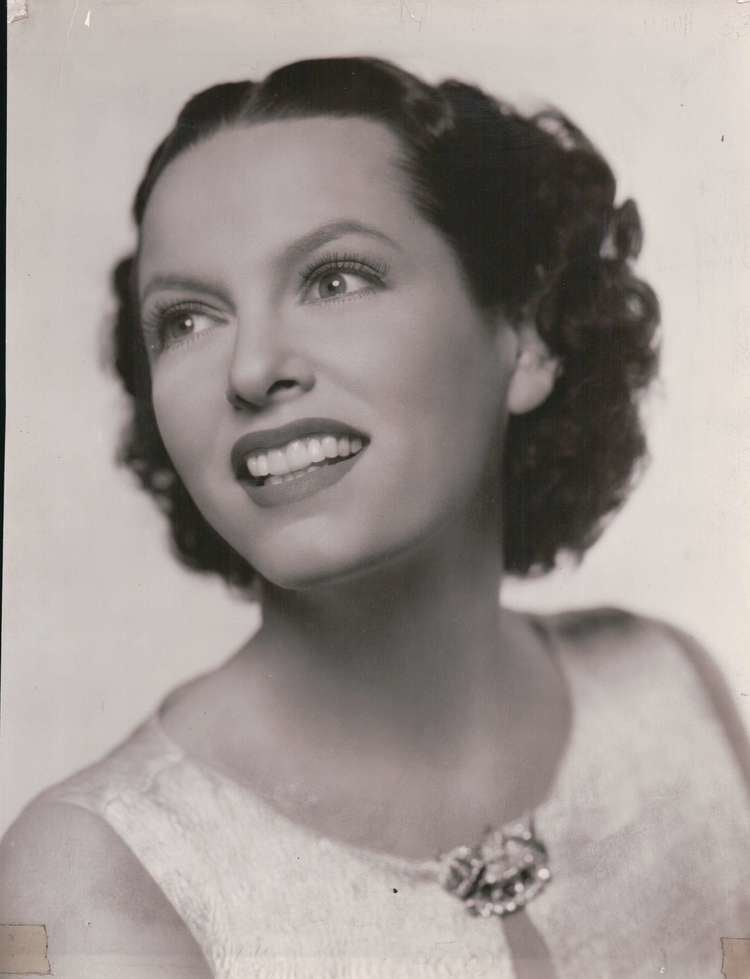
She was born Edith Holm Sondergaard on February 15, 1899, in Litchfield, Minnesota, to Danish-American parents, Hans and Christin (Holm) Sondergaard. Her father taught at University of Minnesota, where she was a drama student.
Until the late-1940s
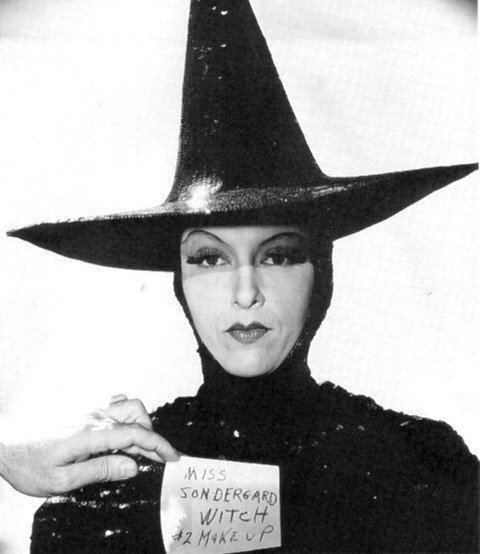
She studied acting at the Minneapolis School of Dramatic Arts before joining the John Keller Shakespeare Company. She later toured North America in productions of Hamlet, Julius Caesar, The Merchant of Venice, and Macbeth. After becoming a member of the Theatre Guild, she began performing on the New York stage.
Sondergaard made her first film appearance in Anthony Adverse (1936) as "Faith Paleologue" and became the first recipient of the Academy Award for Best Supporting Actress for this performance. Her career as an actress flourished during the 1930s, and included a role opposite Paul Muni in The Life of Emile Zola (1937).
During pre-production of Metro-Goldwyn-Mayer's classic The Wizard of Oz (1939), an early idea was to have the Wicked Witch of the West portrayed as a slinky, glamorous villainess in a black sequined costume, inspired by the Evil Queen in Walt Disney's Snow White and the Seven Dwarfs (1937). Sondergaard was originally cast as the witch in "Oz" and was photographed for two wardrobe tests, both of which survive. One was as a glamorous wicked witch, and another as a conventionally ugly wicked witch. After the decision was made to have an ugly wicked witch, Sondergaard, reluctant to wear the disfiguring makeup and fearing it could damage her career, withdrew from the role, and it went to veteran character actress Margaret Hamilton. Sondergaard was, however, cast as the sultry and slinky Tylette (a magically humanized, but devious, cat) in The Blue Bird (1940).
Around the same time, she played the role of the exotic and sinister wife in The Letter (also 1940), a film starring Bette Davis. She featured in a supporting role in The Spider Woman (aka, Sherlock Holmes and the Spider Woman, 1943), part of the Universal cycle, followed by the non-canonical The Spider Woman Strikes Back (1946), also for Universal.
She received a second Academy Award nomination as Best Supporting Actress for her role as the King's principal wife in Anna and the King of Siam (1946).
House Un-American Activities Committee
Sondergaard's career suffered irreparable damage during the United States Congressional HUAC Red Scare of the early 1950s, when her husband was accused of being a communist and named as one of the Hollywood Ten. (In the 2000 movie One of the Hollywood Ten, Sondergaard was portrayed by actress Greta Scacchi while Jeff Goldblum was cast as Biberman.) With her career stalled, she supported her husband during the production of Salt of the Earth (1954).
One of the Hollywood Ten (2000) chronicled Sondergaard's relationship with Biberman and her role in the making of Salt of the Earth. The Bibermans sold their home in Hollywood shortly after they completed Salt of the Earth, and moved to New York where Sondergaard was able to work in theatre.
Later career
In 1969, she appeared in an off-Broadway one-woman show entitled Woman. Sondergaard resumed her career in film and television around the same time. Her revived career extended into the early 1980s.
Personal life
Her younger sister Hester Sondergaard was also an actress who featured in The Naked City (1948), Jigsaw (1949).
Sondergaard was first married in 1922 to actor Neill O'Malley; they divorced in 1930. On May 15, 1930, in Philadelphia, Pennsylvania, she married Herbert Biberman, a theater director then associated with the Theatre Guild Acting Company; he became a film director and died in 1971. They had two children, Daniel Hans Biberman and Mrs. Joan Campos.
Following several strokes, she died from cerebral vascular thrombosis in the Motion Picture and Television Hospital in Woodland Hills, California in 1985, aged 86. She had been admitted to the hospital in 1982.
